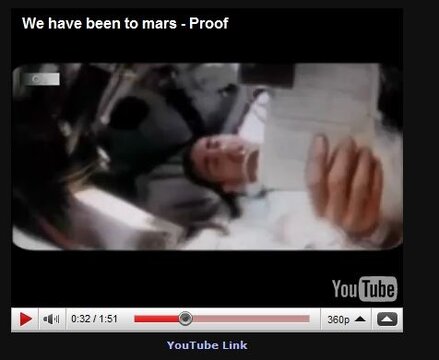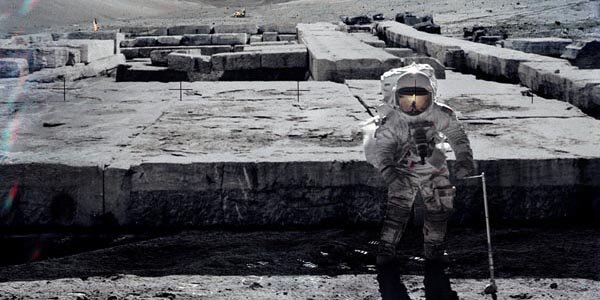Exclusive: NASA Scientist Claims Evidence of Alien Life on Meteorite
We are not alone in the universe -- and alien life forms may have a lot more in common with life on Earth than we had previously thought.
That's the stunning conclusion one
NASA scientist has come to, releasing his groundbreaking revelations in a new study in the March edition of the Journal of Cosmology.
Dr. Richard B. Hoover, an astrobiologist with NASA’s Marshall Space Flight Center, has traveled to remote areas in Antarctica, Siberia, and Alaska, amongst others, for over ten years now, collecting and studying meteorites. He gave FoxNews.com early access to the out-of-this-world research, published late Friday evening in
the March edition of the Journal of Cosmology. In it, Hoover describes the latest findings in his study of an extremely rare class of meteorites, called
CI1 carbonaceous chondrites -- only nine such meteorites are known to exist on Earth.
Though it may be hard to swallow, Hoover is convinced that his findings reveal fossil evidence of bacterial life within such meteorites, the remains of living organisms from their parent bodies -- comets, moons and other astral bodies. By extension, the findings suggest we are not alone in the universe, he said.
“I interpret it as indicating that life is more broadly distributed than restricted strictly to the planet earth,” Hoover told FoxNews.com. “This field of study has just barely been touched -- because quite frankly, a great many scientist would say that this is impossible.”
In what he calls “a very simple process,” Dr. Hoover fractured the meteorite stones under a sterile environment before examining the freshly broken surface with the standard tools of the scientist: a scanning-electron microscope and a field emission electron-scanning microscope, which allowed him to search the stone’s surface for evidence of fossilized remains.
He found the fossilized remains of micro-organisms not so different from ordinary ones found underfoot -- here on earth, that is.
“The exciting thing is that they are in many cases recognizable and can be associated very closely with the generic species here on earth,” Hoover told FoxNews.com. But not all of them. “There are some that are just very strange and don’t look like anything that I’ve been able to identify, and I’ve shown them to many other experts that have also come up stumped.”


 . Instead of saying "look! that picture has been tampered with by NASA (or whatever), surely they must be hiding something!", I ask what are the chances, given the level of competition, distrust, and in some cases outright hatred between nations, that their space program be totally transparent ? My guess : none.
. Instead of saying "look! that picture has been tampered with by NASA (or whatever), surely they must be hiding something!", I ask what are the chances, given the level of competition, distrust, and in some cases outright hatred between nations, that their space program be totally transparent ? My guess : none.






